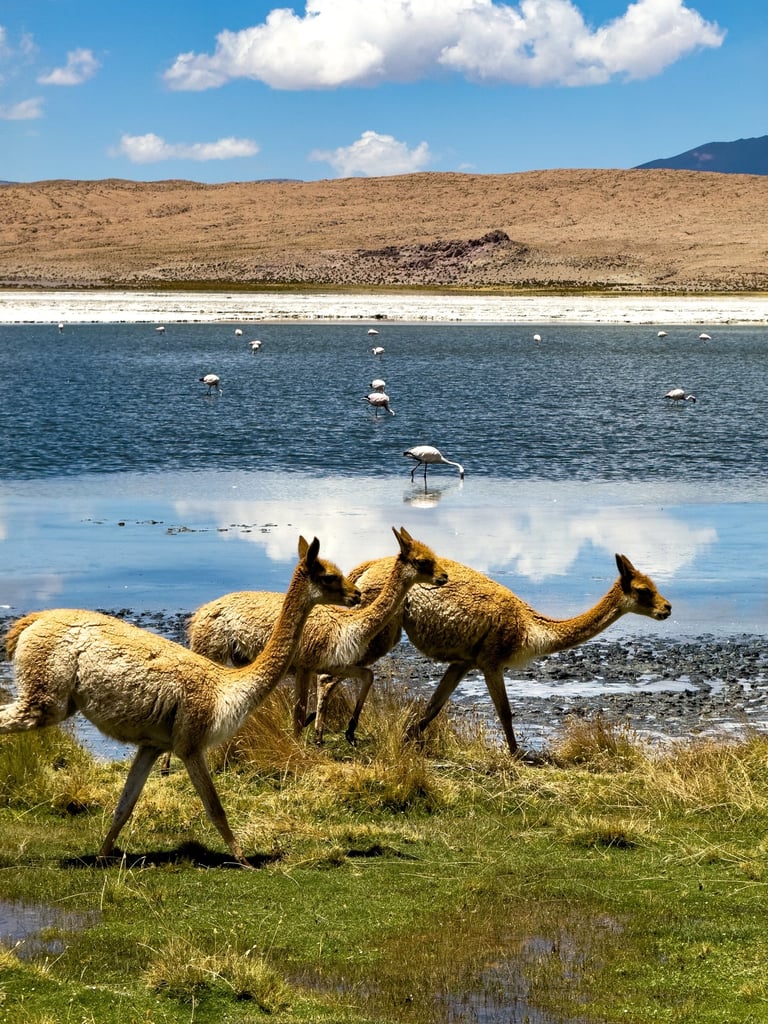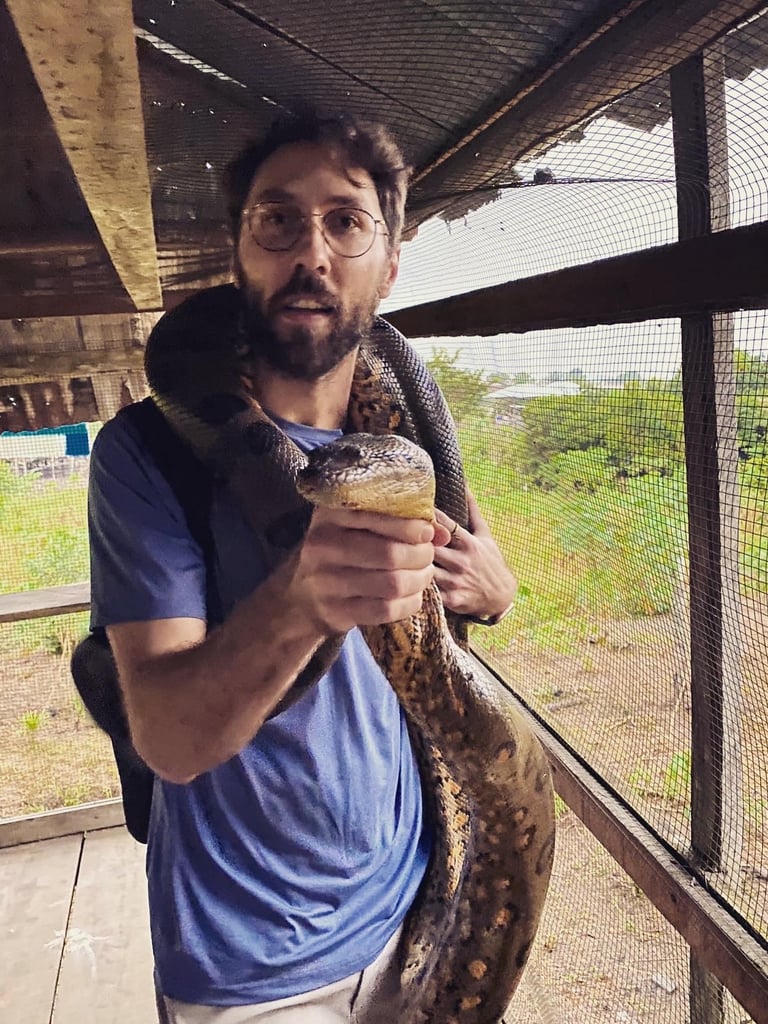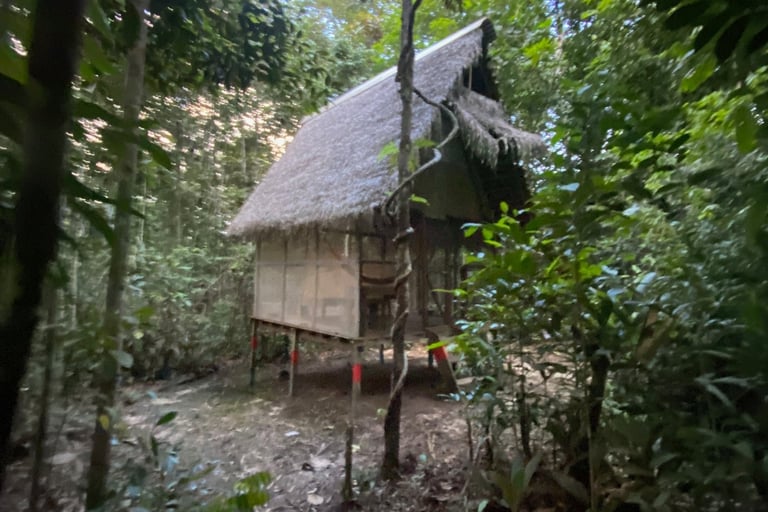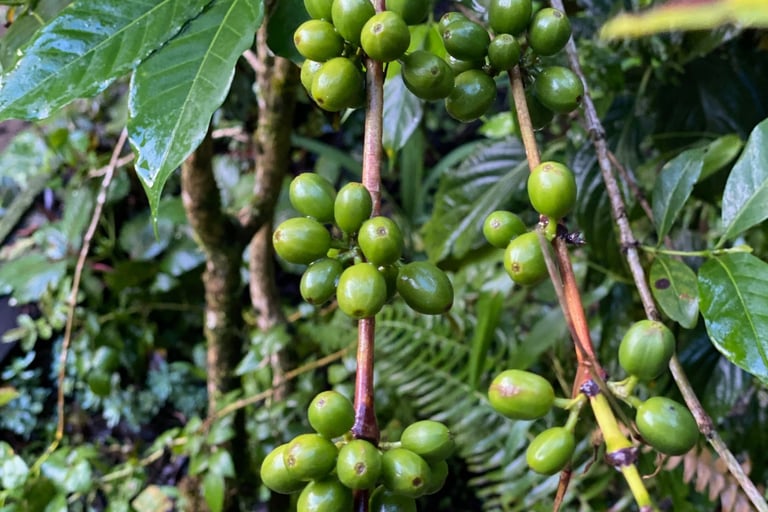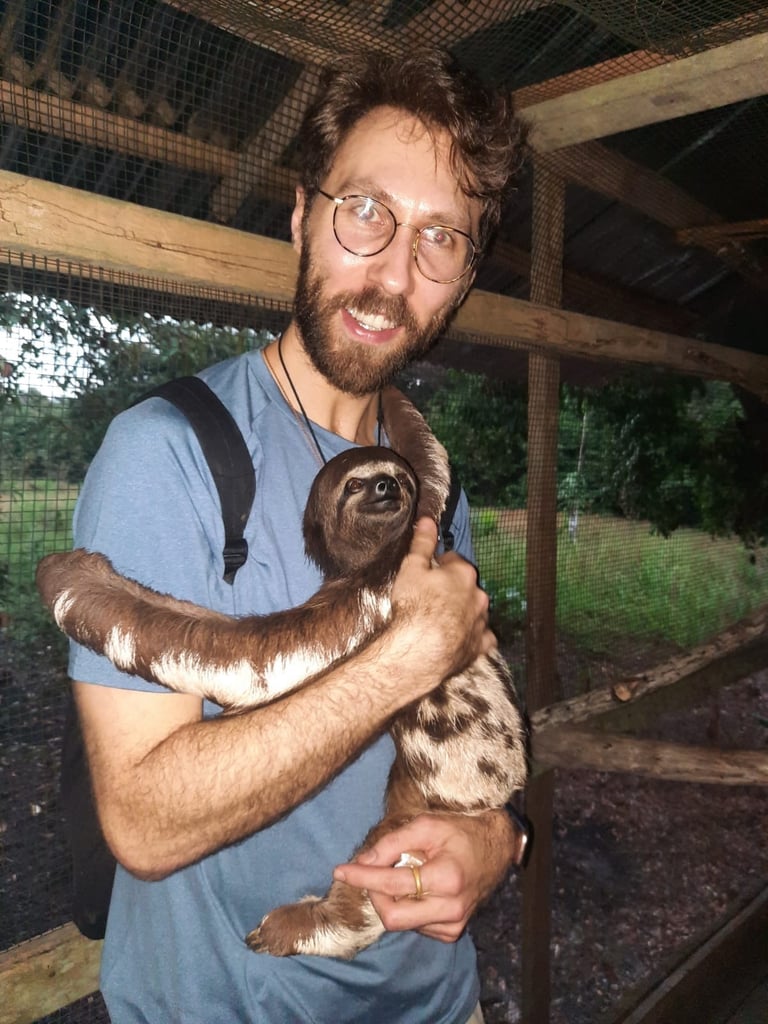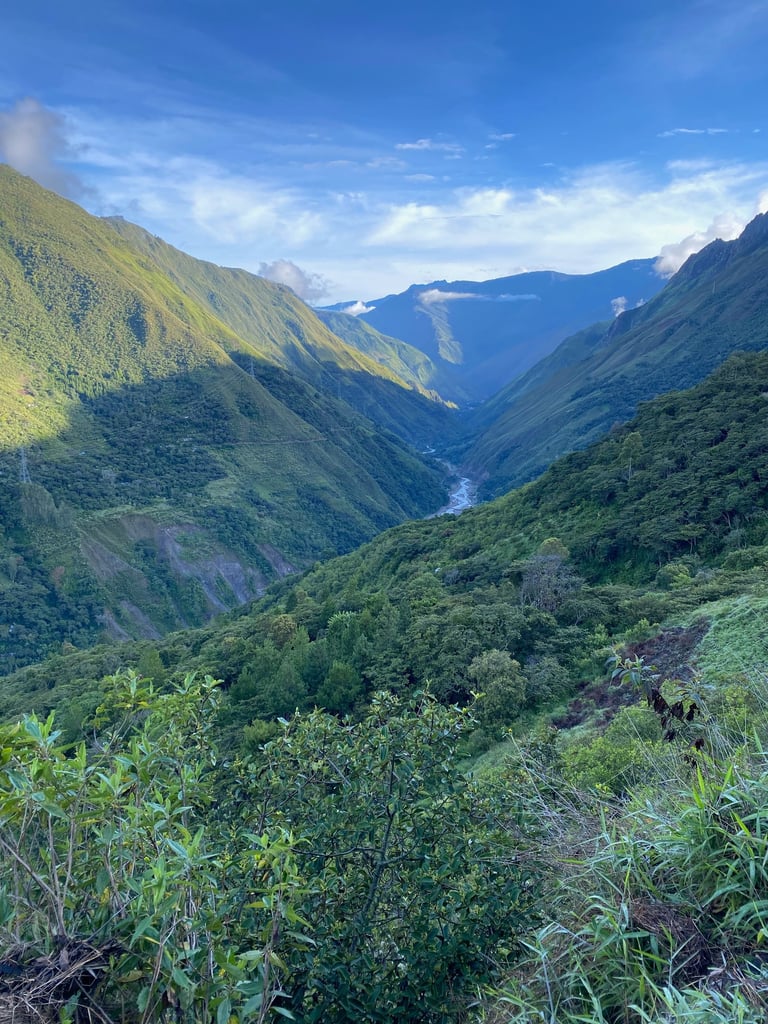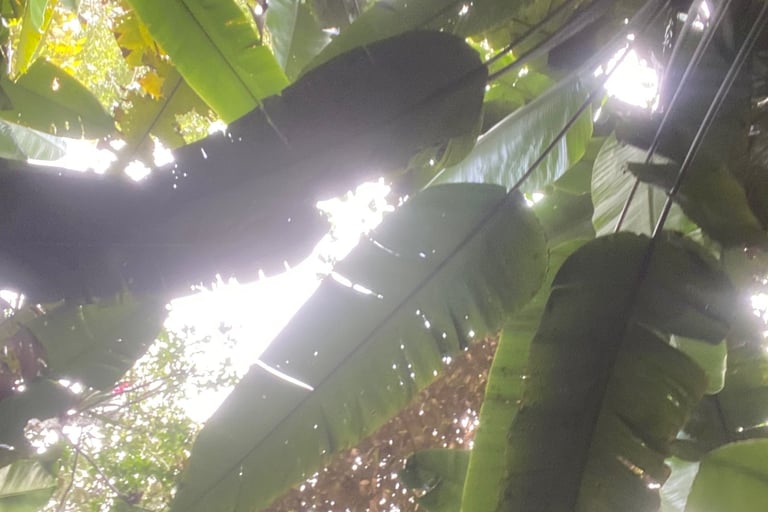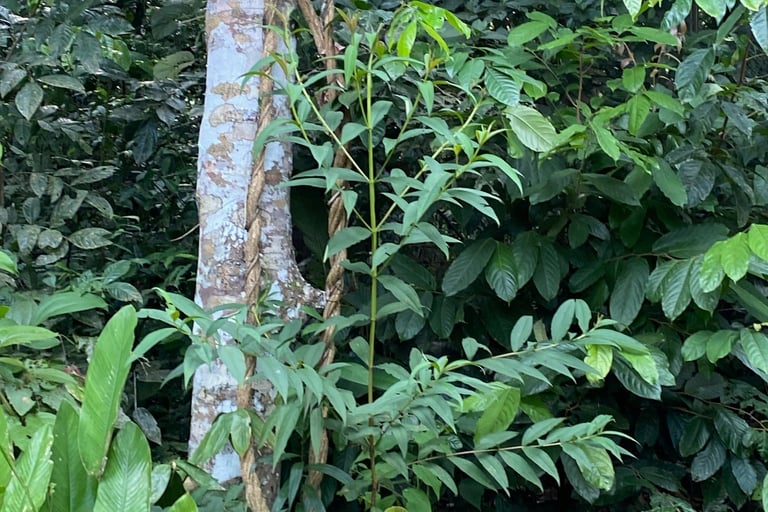Exploring Peru
Peru was more than a journey—it was an initiation. From the serpent-like veins of the Amazon to the sacred heights of the Andes, every step challenged and transformed me. I went there to explore the cultures and face myself. I found more than I wanted! Wild Amazon jungle, ancient Incan paths, and wise elders who shared their wisdom with a smile. I surrendered to rituals that stripped me down to my essence. Three months, countless lessons—what I brought back wasn’t just memories, but a deeper connection to the unseen, the land, and myself.
EXPLORATIONS
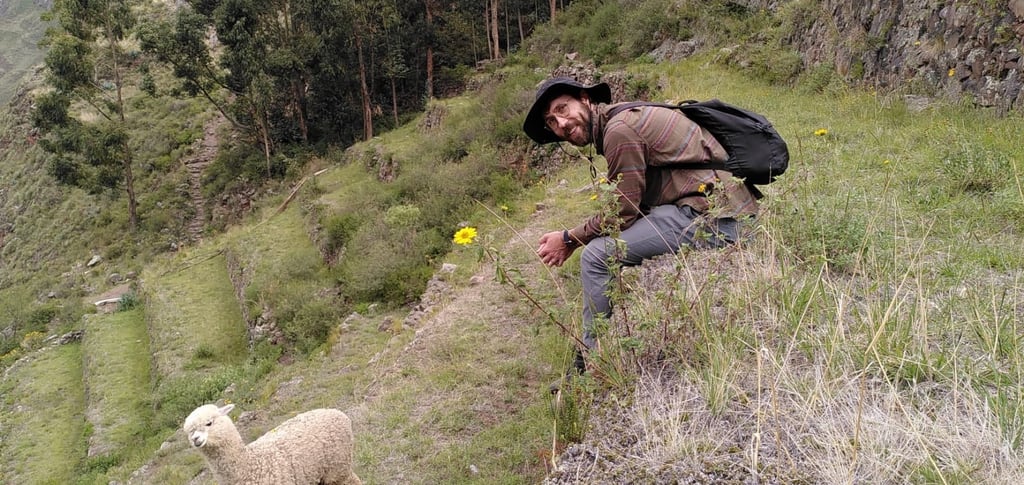

First Encounter with Peru
The first time I visited Peru was in March 2023. After exploring Colombia, I hopped on a flight to Lima, driven by a deep desire to connect with cultures where spirituality, nature, rituals, and symbols are woven into everyday existence. I wanted to hear their stories, absorb their wisdom, and learn from the land itself.
My first impression of Lima was—underwhelming. The airport didn’t feel like the gateway to a country so rich in history and culture; instead, it resembled a construction site, with unfinished buildings scattered around. Nevertheless, I passed through immigration quickly, receiving a three-month visa (the maximum allowed at the airport, extendable for another three months at the immigration office), and made my way to an Airbnb near the airport. But Lima wasn’t my destination—my real goal was the Jungle.
Iquitos – The Jungle
The next morning, I packed my things, headed back to the airport, and flew to Iquitos—one of the most biodiverse places on Earth and the gateway to the Peruvian Amazon. While on the plane, I sat on the aisle until I noticed that everyone around me suddenly turned toward the windows. Curious, I leaned over to look. There, stretching endlessly below us, was the Amazon River—an enormous, winding serpent of brown water, tangled through the lush green forest. The sight took my breath away. I highly recommend taking window seats if you fly above the Amazon.
Landing in Iquitos, I was hit by a wave of heat—around 30°C at the time. Soon after, I met some locals whim whom I went deep into the jungle, a three-to-four-hour journey from the airport. As we veered off the main roads, I felt the world shift. The first thing that struck me was the sound—an untamed, raw symphony of the jungle, a continuous orchestra of life. And, of course, the mosquitoes were eager to welcome me, feasting on my skin immediately and throughout the whole stay. The locals shared survival tips: wear white, never black (it attracts mosquitoes), and avoid perfume at all costs (attracts insects). Natural body odor would become my new normal, and strangely, I grew to appreciate it. I took very few photos of the jungle. The humidity destroys tech quickly, which, in a way, feels like a natural deterrent—a reminder to be present rather than document. I didn't want to be of of those tourists that came and made tons of selfies with locals and shamans, in order to prove something, instead I allowed myself to simply experience without trying to capture every moment.
First Night in the Jungle
Eventually, we arrived at a small settlement deep in the jungle—a place where two established shamans of the Shipibo tribe (Francisco Ampuero and Dona Matilde) were temporary residing, removed from modern civilization. Together with other locals, who cultivated their own vegetables, kept livestock, and fished from the abundant Amazon River.
Locals showed me to my hut—a simple wooden structure tucked away 30 minutes from the main settlement. At first, I panicked, unsure if I’d ever find my way back alone. The jungle paths weren’t clear; they were covered in leaves, branches, and whatever the last rainstorm had left behind. Rain fell almost daily, washing away any sense of direction.
That first evening, I shared a meal with the locals and a few other travelers before heading to our respective huts. By then, it was dark, and a torrential downpour had begun. Lacking waterproof clothes, I stripped down to my underwear, stuffed my belongings into my bag, and set off into the darkness.
Ten minutes in, I realized I was lost. Fear crept in. The jungle was pitch black, my headlamp illuminating only the immediate path ahead. Was that a tree branch or a snake? There were many branches out there that looked like serpents. The uncertainty made every step feel like a gamble.
Then something landed on my head.
Panic surged through me. I screamed and ran forward blindly, convinced some creature was attacking me. I could hear it flapping, chasing me. In a desperate attempt to defend myself, I flailed my arms, running half-naked through the jungle, probably resembling a lunatic to any onlookers. Eventually, I realized my “attacker” was a massive moth, the size of my hand, drawn to the light of my headlamp. Despite the terror, I somehow ran straight to my hut. Adrenaline-fueled relief washed over me as I shut the wooden door behind me.
I didn’t sleep that night. Nor the next. The jungle sounds and my fear of unseen creatures kept me wide awake. But by the third night, exhaustion won. I finally surrendered to sleep, and soon, the jungle became familiar. Lizards, monkeys, and insects—once the source of my anxiety—became part of my daily life. Over time, they even became entertaining.
The Jungle as a Place of Healing
The jungle had always fascinated and terrified me.
This trip was, in many ways, about befriending that fear. But it was also about learning from the locals—understanding their medicinal practices and the deep relationship they have with the land.
The Amazon is a pharmacy. The elders had plants for everything—stomach pain, inflammation, arthritis, cleansing, even fertility and impotence. My Western skepticism kicked in when I asked about more severe illnesses, like late-stage cancers. They admitted that such conditions required deep physical and spiritual healing—inner strength was key. Many who came to the jungle as a last resort often lacked that strength, worn down by their battles in the Western medical system. While I didn’t meet anyone who had cured cancer through plant medicine, I did meet people with Crohn’s disease, IBS, and gut inflammation who had either managed or fully healed their conditions. Many people struggle with inflammation that seems to be correlated with their psychological health (repressed anger, grief, psychic imbalance). Elders often say that a disease is a gift from the great Mother, who is sending it so that the child (receiver) would wake up and listen to her guidance. Not many do, they say.
Though I wasn’t suffering from any major illness, I wanted to experience the jungle’s healing practices firsthand. I underwent solitude and "dietas" (medicinal plant diets) to explore their effects. One such plant was Ajo Sacha (Mansoa alliacea), known as jungle garlic. It’s considered a powerful plant for cleansing, treating inflammation, and strengthening the body and spirit. Drinking it was an ordeal—it burned through me like a hell fire. One glass took me an hour to finish. While I didn’t experience an immediate transformation, I did have vivid dreams. Among many plants commonly used in the jungle, two stood out—Bobinsana (Calliandra angustifolia) and Cirik Sanango (Brunfelsia grandiflora). Though I didn’t work with them directly, they were frequently used in healing dietas and ceremonies. Bobinsana is known as the “heart-opening” plant, used to release deep-seated grief, enhance dream clarity, and foster emotional resilience. It’s often prepared as a tea or tincture, helping people connect with their emotions and dreams on a profound level. I didn't drink Bobinsana but I got myself some natural Bobinsana soaps that locals made, quality was great! Chirik Sanango is considered a warrior’s plant, used to strengthen the nervous system, sharpen intuition, and build endurance, also to release the deepest fears. It’s known for its intense effects—bringing waves of heat, altering perception, and testing one's resilience. Locals spoke of its power, but also of its challenges, warning that it strips away weakness, both physical and spiritual. The initiation to Chirik Sanango is intense, an elder said that one has to avoid sun, stay in the shade, only use cold showers and very limited diet, which is basically fasting.
Though I didn’t experience them firsthand, hearing the stories of those who did made it clear—these plants were not just medicine but teachers, demanding both respect and readiness.
Fasting was also part of the process. For two weeks, I survived on just two small plates of food per day, leaving me physically weak but profoundly aware of every sensation. Food became a celebration. Smells and tastes sharpened. My body felt lighter. And when I eventually left the jungle, my system was incredibly sensitive to anything artificial.
Returning to Civilization
Stepping back into Iquitos after weeks in the jungle was surreal. The noise, the speed, the chaos—it all felt overwhelming. The jungle moves at a slow, rhythmic pace, where each moment is fully lived. In the city, everything felt rushed, conversations clipped, as if people were racing toward some invisible finish line. This realization stayed with me. I had absorbed the jungle’s slowness, its deep presence, and I knew I wanted to carry that with me beyond Peru. I very much long to return to the Jungle one day to explore even further corners.
Trekking the Peruvian Andes
From the jungle, I traveled to Cusco, signing up for a five-day trek through the Andes. Coming from near sea level to Cusco’s 3,300-meter altitude was a shock to my system. I spent three days adjusting, drinking plenty of fluids, walking slowly, and gasping for air at night. The locals say you need a week to function normally and four weeks to fully adapt. I had neither.
Despite my weakened state from fasting, I was determined to hike the Salkantay Trek, a breathtaking but grueling route through the mountains. Each day was a test—twelve-hour hikes, steep inclines, rapid altitude shifts. I was thankful for my waterproof gear; the rain, wind, and snow could have made the journey unbearable.
On the fourth day, I was the only one left with the guide—others had finished early. We followed the ancient Camino del Inca, a UNESCO heritage trail. It was mesmerizing. Exotic birds flew overhead, wild avocados and coffee beans grew along the path, and the ruins of forgotten civilizations stood in silent reverence. When I reached the viewpoint overlooking Machu Picchu, I was overwhelmed with emotion. Tears ran down my face as I took in the sheer beauty of the land. Highly recommend this one if you're ever there!
Sacred Valley
After the trek, I settled in the Sacred Valley, where I spent the remainder of my visa. There, I connected with elders (Roman Hanis) who shared a blend of Andean and Amazonian wisdom, intertwined with Eastern philosophies. I practiced breathwork and Qi Gong daily—practices that strengthened my body and opened my mind.
One of the most fascinating teachings was about dreamwork, a topic that had already drawn me in. The elders took dreams seriously, often shaping their daily routines based on what they perceived in them. Active imagination was another way they engaged with the unconscious, particularly in rituals. Whether through Ayahuasca ceremonies, Despacho offerings, or simply gathering in a circle with pure cacao, they maintained a constant dialogue with the Other.
Coca and Tobacco were deeply respected. Tobacco was used for cleansing—of bodies, spaces, and as an offering to Pachamama (Mother Earth). Coca, with its many alkaloids, was a super-plant in Peru and Bolivia. Beyond its well-known effects on altitude sickness, it suppressed hunger and thirst, sustaining locals through long hours of labor. Many villagers walked with full cheeks, slowly chewing coca leaves, absorbing its subtle energy. It was also central to ceremonies, gratitude rituals, and initiations—some meditated for three days, consuming nothing but coca, fasting in communion with the plant’s spirit.
I observed, documented, and participated in these traditions. Experiencing these practices firsthand brought immense joy, especially in recognizing parallels between indigenous wisdom and depth psychology. I firmly believe that indigenous traditions laid the foundation for much of what depth psychology would later explore.
Temazcal Rituals
During my time in the valley, I came across a Temazcalero, Greg Díaz, who held Temazcal (sweat lodge) ceremonies in his backyard. His ritual space was intense—the heat, the singing, the drumming, and the prayers were otherworldly. The red-hot stones in the center of the lodge glowed like dragon’s eyes, hissing as water was poured over them, releasing waves of scorching steam—the dragon’s breath.
The ceremony was a test of endurance and surrender, a deep connection with fire and water, earth and wind. Sitting near the stones was brutal, but pushing through the heat felt like being reborn. Emerging from the lodge, drenched in sweat, lungs filled with cool air, felt like stepping out of a womb—raw, renewed, and deeply cleansed. I'd love to see an exchange between Temazcal rituals and Baltic Sauna ones, I feel great things could come from such union.
Going Home
After three profound months in South America, it was time to return home. I left as a different person—more attuned, more inspired, more connected, and balanced. The journey widened my horizons, unlocking doors that had previously been shut regarding my next steps.
I faced fears, challenges, and food poisonings, but the lessons gained far outweighed the discomforts. What I took with me was invaluable—another step closer to my inner gold.

